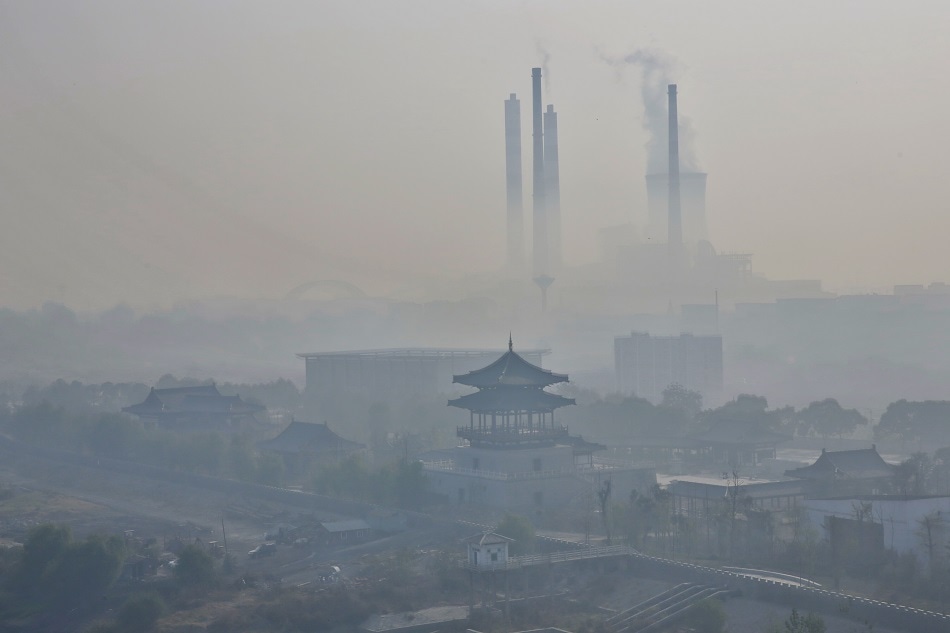Jul 12 2018
 Shutterstock/Humphery
Shutterstock/Humphery
A World Health Organization report states that almost 88% of premature deaths in low and middle-income countries in Asia can be linked to air pollution. The vehicles on Beijing’s roads increased from 1.5 million in 2000 to over 5 million in 2014 while in Delhi, India, it is predicted to increase from 4.7 million in 2010 to 25.6 million by 2030.
In a review reported by the journal Atmospheric Environment, Surrey's Global Centre for Clean Research (GCARE) examined studies of pollution exposure and concentration levels in Asian transport microenvironments (motorbike riding, driving,walking, cycling, and bus riding). Scientists concentrated on the levels of fine particles, black carbon generated by carbon-rich fuels such as diesel fuel and gasoline, and ultrafine particles (UFP) small enough to enter deep into people’s lungs.
The review discovered evidence that pedestrians walking along busy traffic areas in Asian cities are exposed to up to 1.6 times higher fine particle levels than to people in American and European cities. Car drivers in Asia face up to nine times more pollution than Americans and Europeans, while black carbon levels were seven times greater for Asian pedestrians than Americans. The research stated that in Hong Kong, UFP levels were up to four times higher than in European cities. Compared to Europe or North America, the average black carbon concentration in cars in New Delhi was up to five times higher.
Professor Prashant Kumar, the study’s lead author and the Director of the Global Centre for Clean Air Research at the University of Surrey, said, "Care should be taken in directly comparing and contrasting the results of different studies due to varied amounts of information available on personal exposure in studied regions. However, there is compelling evidence that people travelling in urban areas in Asian cities are being exposed to a significantly higher level of air pollution.
A noticeable gap still exists in studies that focus on the Asian population living in rural, semi-rural or smaller cities, where pollution exposure could be as harmful as in urban areas owing to several unattended sources. There were rare data on cyclist and motorcyclist exposure despite substantial use in Asian cities; studies were limited for other transport modes too. It is important that this knowledge gap is filled if we are to get a complete picture of the pollution exposure challenge that the Asian population faces.
Professor Prashant Kumar, Director, the Global Centre for Clean Air Research, University of Surrey
Professor Chris Frey of North Carolina State University, the study’sco-author, said, "There are increasing efforts in Asia to install properly designed and calibrated portable monitoring systems to measure actual exposures, using the data to better understand why high exposures occur and how to prevent them. These measurements of personal exposures will help individuals, businesses, and governments to develop and implement strategies to reduce such exposures."